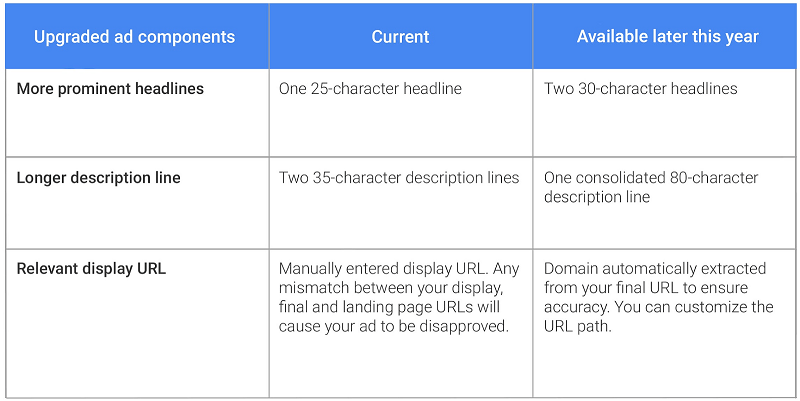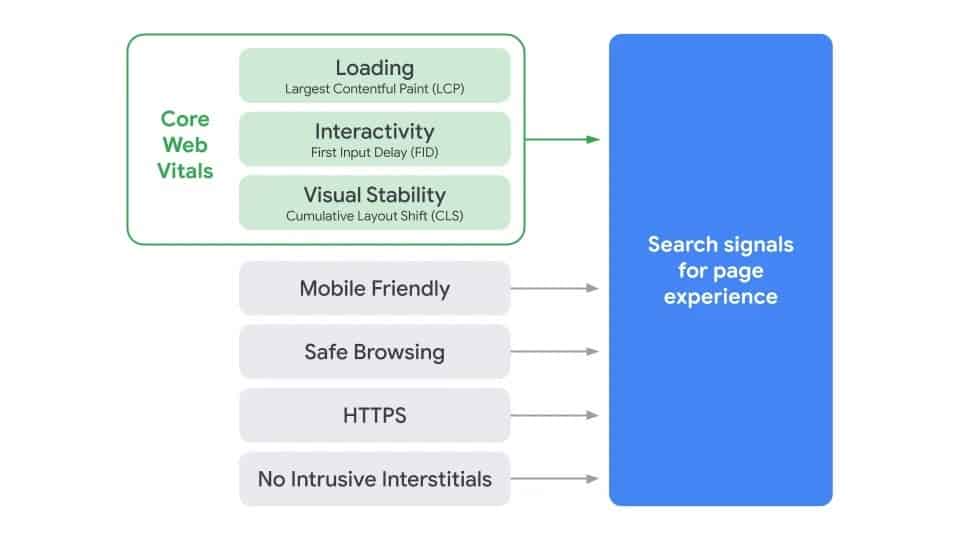A bathroom remodel NYC is an exciting opportunity to elevate your home’s comfort and value. But before the first tile is laid or the plumbing adjusted, the foundation of a successful renovation rests on a well-crafted contractor agreement. This document is more than paperwork—it’s a roadmap, a safety net, and a means of legal protection. Knowing what to expect from a contractor agreement ensures you’re not just entrusting your vision to a professional, but also securing a framework for fairness, accountability, and clarity.
Table of Contents
Defining Scope of Work Clearly

At the heart of any bathroom remodel contractor agreement lies the scope of work. This section lays out exactly what tasks will be performed, which areas will be affected, and what materials or products will be installed. A vague or generalized scope leads to confusion and disputes. A strong contract specifies whether the remodel involves cosmetic upgrades, full demolition and reconstruction, plumbing overhauls, electrical rewiring, or fixture replacement. It may also identify the brands and models of finishes, such as tile, cabinetry, lighting, and sinks. A well-defined scope eliminates assumptions, outlines expectations, and reduces the likelihood of scope creep that can drive up costs and extend timelines unexpectedly.
Timeline and Milestone Breakdown
A contractor agreement should contain a detailed schedule that charts the project’s duration and major milestones. While construction timelines can shift due to weather, material delays, or unforeseen site conditions, a tentative timeline offers benchmarks to assess progress and manage expectations. This may include start and end dates, specific phases such as demolition, plumbing, tiling, and inspection dates. Contracts often stipulate penalties for excessive delays and outline procedures for resolving timeline disputes. The agreement protects both the homeowner, who needs assurance that the remodel will conclude within reason, and the contractor, who must be granted fair time to complete quality work.
Pricing Structure and Payment Terms
Cost transparency is one of the most crucial elements of any contractor agreement. Expect to see a full breakdown of pricing—covering labor, materials, design services, subcontractor fees, permits, and any anticipated contingencies. Some contracts use fixed pricing, while others incorporate allowances or cost-plus models. The agreement will also set the payment schedule, indicating how and when payments are to be made. Common structures involve an initial deposit followed by progress payments aligned with specific milestones. It’s essential to understand whether payments are tied to time elapsed or work completed. The contract should specify acceptable payment methods and include terms regarding overdue balances, change orders, and dispute resolution over fees.
Licensing, Permits, and Insurance Obligations
A credible contractor will include language in the agreement verifying their licensure, bonding, and insurance coverage. This section reassures homeowners that the contractor is operating within legal boundaries and can be held accountable if something goes wrong. You should expect the contract to list the contractor’s license number and confirm that the contractor is responsible for acquiring all necessary permits for the remodel. Insurance details must be outlined, including general liability, property damage, and workers’ compensation. This protects both the homeowner and the contractor from potential liabilities involving accidents, injuries, or property loss.
Responsibilities for Subcontractors and Third Parties
Bathroom remodelling companies and designers will collaborate with plumbers, electricians, tilers, and other specialists. The agreement should specify which tasks are performed by subcontractors and confirm that these professionals meet the same licensure and insurance standards. It should also indicate whether the contractor will hire and supervise these subcontractors or whether the homeowner must coordinate directly. Including this detail establishes clear lines of responsibility and ensures that all parties contributing to your renovation are subject to the same quality and accountability standards.
Change Order Process
Changes to the original scope are common during renovations, but without a formalized process, they can lead to misunderstandings and cost overruns. The contractor agreement should outline how change orders are handled. Typically, changes require written documentation, which details the additional cost and any impact on the timeline. The contract may establish approval thresholds and designate who has the authority to request changes. Having this process formalized helps prevent informal commitments that complicate billing and execution down the line.
Warranties and Post-Completion Protection
Contractors who stand by their work will include warranty terms in the agreement. These terms explain what parts of the project are covered, for how long, and under what conditions. Common warranties protect against defects in materials, poor workmanship, or installation failures. Expect the agreement to describe how warranty claims are initiated, how repairs will be handled, and any exclusions to coverage. For example, damage caused by improper use or other contractors may not be covered. A warranty offers peace of mind and extends the professional’s accountability beyond the final invoice.
Termination and Dispute Resolution Clauses
While no one anticipates the breakdown of a professional relationship, the agreement must provide mechanisms for termination. This includes conditions under which either party can cancel the contract, and what financial or legal consequences may follow. The termination clause may require written notice, offer an opportunity to cure any breach, or define refund procedures for uncompleted work. Alongside this, the contract should include provisions for dispute resolution. This often involves arbitration or mediation as alternatives to litigation. Outlining these steps preemptively protects both parties and helps resolve conflicts without unnecessary escalation.
Final Signatures and Legal Acknowledgment
Every legally binding agreement culminates in a signature block, affirming that all parties understand and consent to the terms. This section will include names, roles, dates, and may require witness signatures or notarization depending on jurisdiction. Before signing, both contractor and homeowner should read carefully, consult legal counsel if needed, and clarify any ambiguous language. Once signed, the agreement is enforceable and becomes the anchor of a trustworthy renovation journey.
Building Trust Through Documentation
A bathroom remodel contractor agreement is more than legal formality—it’s a commitment to shared goals, mutual respect, and clear communication. It reflects the professionalism of the contractor and the prudence of the homeowner. With a comprehensive agreement in place, surprises are minimized, timelines are respected, and renovations unfold smoothly. Investing time to understand and negotiate the contract properly is just as important as choosing tile patterns or faucets. After all, a well-planned agreement lays the groundwork for a renovation experience defined not by stress, but by satisfaction and success. Elevate your space with a renovation that speaks volumes—discover the magic at https://nycrenovation.com/.
























